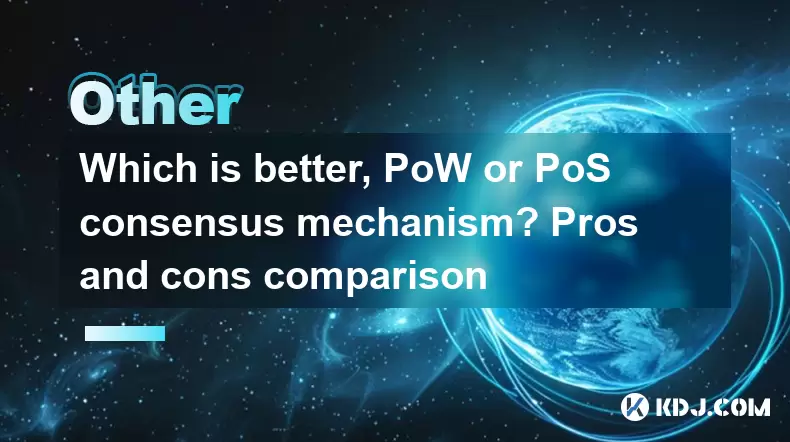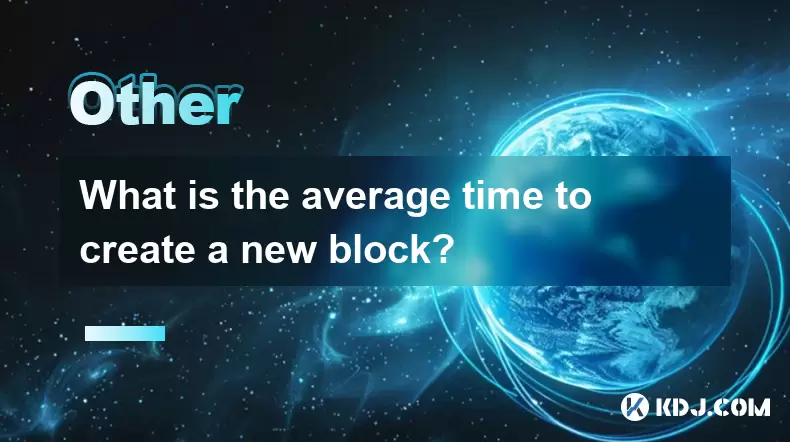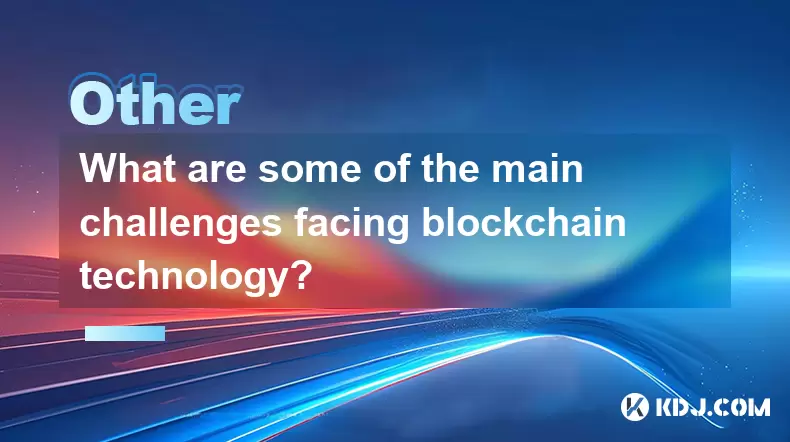-
 Bitcoin
Bitcoin $117500
2.15% -
 Ethereum
Ethereum $3911
6.19% -
 XRP
XRP $3.316
10.79% -
 Tether USDt
Tether USDt $1.000
0.01% -
 BNB
BNB $787.2
2.24% -
 Solana
Solana $175.2
4.15% -
 USDC
USDC $0.9999
0.00% -
 Dogecoin
Dogecoin $0.2225
8.40% -
 TRON
TRON $0.3383
0.28% -
 Cardano
Cardano $0.7868
6.02% -
 Stellar
Stellar $0.4382
9.34% -
 Hyperliquid
Hyperliquid $40.92
7.56% -
 Sui
Sui $3.764
7.63% -
 Chainlink
Chainlink $18.48
10.66% -
 Bitcoin Cash
Bitcoin Cash $582.1
1.88% -
 Hedera
Hedera $0.2601
6.30% -
 Avalanche
Avalanche $23.33
4.94% -
 Ethena USDe
Ethena USDe $1.001
0.02% -
 Litecoin
Litecoin $122.3
2.04% -
 UNUS SED LEO
UNUS SED LEO $8.969
-0.27% -
 Toncoin
Toncoin $3.339
0.86% -
 Shiba Inu
Shiba Inu $0.00001287
4.30% -
 Uniswap
Uniswap $10.43
7.38% -
 Polkadot
Polkadot $3.861
5.08% -
 Dai
Dai $1.000
0.02% -
 Bitget Token
Bitget Token $4.513
3.41% -
 Monero
Monero $267.7
-6.18% -
 Cronos
Cronos $0.1499
4.14% -
 Pepe
Pepe $0.00001110
5.15% -
 Aave
Aave $284.9
8.28%
Which is better, PoW or PoS consensus mechanism? Pros and cons comparison
Proof of Work (PoW) and Proof of Stake (PoS) are key blockchain consensus mechanisms; PoW uses energy-intensive mining, while PoS selects validators based on staked coins, offering greater energy efficiency and scalability.
Jun 23, 2025 at 05:49 am

Understanding the Basics of PoW and PoS
The Proof of Work (PoW) and Proof of Stake (PoS) are two of the most prominent consensus mechanisms used in blockchain networks. Each plays a crucial role in how transactions are validated, blocks are created, and network security is maintained. In PoW, miners compete to solve complex mathematical puzzles using computational power. The first miner to find the solution gets the right to add the next block and receive rewards. In contrast, PoS selects validators based on the number of coins they hold and are willing to "stake" as collateral. Validators are chosen deterministically depending on their stake, making the process more energy-efficient.
Energy Consumption and Environmental Impact
One of the most debated aspects when comparing PoW and PoS is energy consumption. Networks like Bitcoin that use PoW require massive amounts of electricity due to the mining process. This has raised concerns about sustainability and environmental impact. For instance, Bitcoin’s annual energy consumption rivals that of some small countries. On the other hand, PoS systems such as Ethereum 2.0 drastically reduce energy usage because there is no need for resource-intensive mining. Instead, validators are chosen based on their holdings, significantly lowering the carbon footprint.
- PoW: High energy consumption due to competitive mining.
- PoS: Low energy consumption since validation is not computationally intensive.
This makes PoS a more environmentally friendly option in the long run.
Security Considerations and Network Vulnerabilities
Security is another critical factor when evaluating PoW versus PoS. In PoW, attackers would need to control more than 50% of the network's computing power to manipulate the blockchain, which is extremely costly and difficult. However, this does not eliminate the risk entirely, especially for smaller chains vulnerable to 51% attacks. In PoS, the attacker would have to own more than 50% of the total supply of cryptocurrency, which is also highly improbable but raises concerns about centralization. If a few entities hold large stakes, they could potentially dominate the validation process.
- PoW: Secure against most attacks but susceptible to 51% attacks if hash rate drops.
- PoS: Secure through economic incentives; however, it may face centralization issues.
Both models offer robust security features, but they approach the problem from different angles.
Decentralization and Distribution of Power
The level of decentralization varies between PoW and PoS. In PoW, anyone with sufficient hardware can mine and participate in the network. Over time, however, mining pools have concentrated power among a few groups, leading to potential centralization risks. In PoS, those who hold more coins have a higher chance of being selected as validators. While this encourages investment in the network, it might favor wealthier participants, creating an imbalance in power distribution.
- PoW: Initially decentralized, but mining centralization increases over time.
- PoS: May inherently favor the rich, though some protocols implement randomness to mitigate this.
This dynamic affects how open and accessible each system remains to everyday users.
Economic Incentives and Validator Rewards
In terms of economic incentives, both mechanisms aim to reward participants who act honestly. In PoW, miners earn rewards through newly minted coins and transaction fees. This creates a continuous incentive to invest in better hardware and maintain the network. In PoS, validators earn staking rewards proportional to their stake. Some systems also penalize malicious behavior by slashing part of the validator’s stake. These mechanisms ensure that validators act in the best interest of the network.
- PoW: Rewards are tied to computational effort and mining efficiency.
- PoS: Rewards depend on the amount of coin staked and the duration of participation.
These differing reward structures influence participant behavior and long-term network stability.
Scalability and Transaction Throughput
Scalability is a major challenge for blockchain networks, and PoW and PoS handle it differently. PoW networks like Bitcoin often struggle with low transactions per second (TPS) due to the time-consuming mining process. Solutions like Lightning Network attempt to offload transactions, but on-chain scalability remains limited. PoS systems generally offer faster finality and higher throughput. For example, Ethereum 2.0 aims to scale efficiently using shard chains and improved consensus algorithms.
- PoW: Limited scalability due to block confirmation times and competition.
- PoS: Enhanced scalability through deterministic validator selection and sharding.
As demand for fast and cheap transactions grows, PoS appears to be more adaptable to scaling needs.
Frequently Asked Questions
What happens if a PoS validator acts maliciously?
Validators in PoS systems are economically disincentivized from misbehavior. If a validator tries to approve fraudulent transactions or double-spend, a portion of their staked coins is slashed as a penalty. This mechanism ensures accountability and maintains network integrity.
Can PoW systems become more energy-efficient?
Some projects are exploring hybrid models or alternative hashing algorithms to reduce energy consumption in PoW systems. Additionally, renewable energy integration and mining pool optimizations may help lower the environmental impact without compromising security.
Is PoS more centralized than PoW?
There is a concern that PoS favors those with larger stakes, potentially leading to centralization. However, many modern PoS implementations introduce randomness and delegation features to allow smaller stakeholders to participate indirectly, balancing the playing field.
How do transaction fees compare between PoW and PoS?
Transaction fees in PoW networks can fluctuate widely during congestion due to bidding for block space. In PoS, fees tend to be more predictable and stable since block creation is less competitive. Some PoS networks also burn a portion of fees, reducing inflationary pressure.
Disclaimer:info@kdj.com
The information provided is not trading advice. kdj.com does not assume any responsibility for any investments made based on the information provided in this article. Cryptocurrencies are highly volatile and it is highly recommended that you invest with caution after thorough research!
If you believe that the content used on this website infringes your copyright, please contact us immediately (info@kdj.com) and we will delete it promptly.
- Tron's Sell-Off Spurs Altcoin Shift: What's Next for TRX?
- 2025-08-08 08:30:12
- RUVI Presale: Is the Growth Potential Real?
- 2025-08-08 09:10:12
- Sleep Token's US Takeover: Thornhill Rides the 'Even In Arcadia' Wave
- 2025-08-08 08:30:12
- FTT Token's Wild Ride: Creditor Repayments vs. Market Drop - A New Yorker's Take
- 2025-08-08 07:10:12
- Floki Crypto Price Prediction: Riding the Robinhood Rocket or Just a Meme?
- 2025-08-08 07:15:12
- EigenLayer, Restaking, and Ethereum: Navigating the Hype and the Hazards
- 2025-08-08 06:30:12
Related knowledge

What is the purpose of a nonce in mining?
Aug 04,2025 at 05:56pm
Understanding the Role of a Nonce in Cryptocurrency MiningIn the world of cryptocurrency mining, the term nonce stands for 'number used only once.' Th...

Can data on a blockchain be deleted?
Aug 05,2025 at 04:00am
Understanding Blockchain ImmutabilityThe core principle behind most blockchain systems is immutability, which means that once data is recorded onto th...

What is the difference between on-chain and off-chain transactions?
Aug 02,2025 at 04:22pm
Understanding On-Chain TransactionsOn-chain transactions refer to digital asset transfers that are recorded directly on a blockchain ledger. These tra...

What is the average time to create a new block?
Aug 06,2025 at 09:21pm
Understanding Block Creation in Blockchain NetworksThe average time to create a new block varies significantly depending on the specific blockchain pr...

How are blocks linked together?
Aug 04,2025 at 06:56am
Understanding the Structure of a BlockchainA blockchain is a decentralized digital ledger composed of a sequence of blocks, each containing a list of ...

What are some of the main challenges facing blockchain technology?
Aug 07,2025 at 02:58am
Scalability Constraints in Blockchain NetworksOne of the most persistent challenges in blockchain technology is scalability. As blockchain networks gr...

What is the purpose of a nonce in mining?
Aug 04,2025 at 05:56pm
Understanding the Role of a Nonce in Cryptocurrency MiningIn the world of cryptocurrency mining, the term nonce stands for 'number used only once.' Th...

Can data on a blockchain be deleted?
Aug 05,2025 at 04:00am
Understanding Blockchain ImmutabilityThe core principle behind most blockchain systems is immutability, which means that once data is recorded onto th...

What is the difference between on-chain and off-chain transactions?
Aug 02,2025 at 04:22pm
Understanding On-Chain TransactionsOn-chain transactions refer to digital asset transfers that are recorded directly on a blockchain ledger. These tra...

What is the average time to create a new block?
Aug 06,2025 at 09:21pm
Understanding Block Creation in Blockchain NetworksThe average time to create a new block varies significantly depending on the specific blockchain pr...

How are blocks linked together?
Aug 04,2025 at 06:56am
Understanding the Structure of a BlockchainA blockchain is a decentralized digital ledger composed of a sequence of blocks, each containing a list of ...

What are some of the main challenges facing blockchain technology?
Aug 07,2025 at 02:58am
Scalability Constraints in Blockchain NetworksOne of the most persistent challenges in blockchain technology is scalability. As blockchain networks gr...
See all articles

























































































